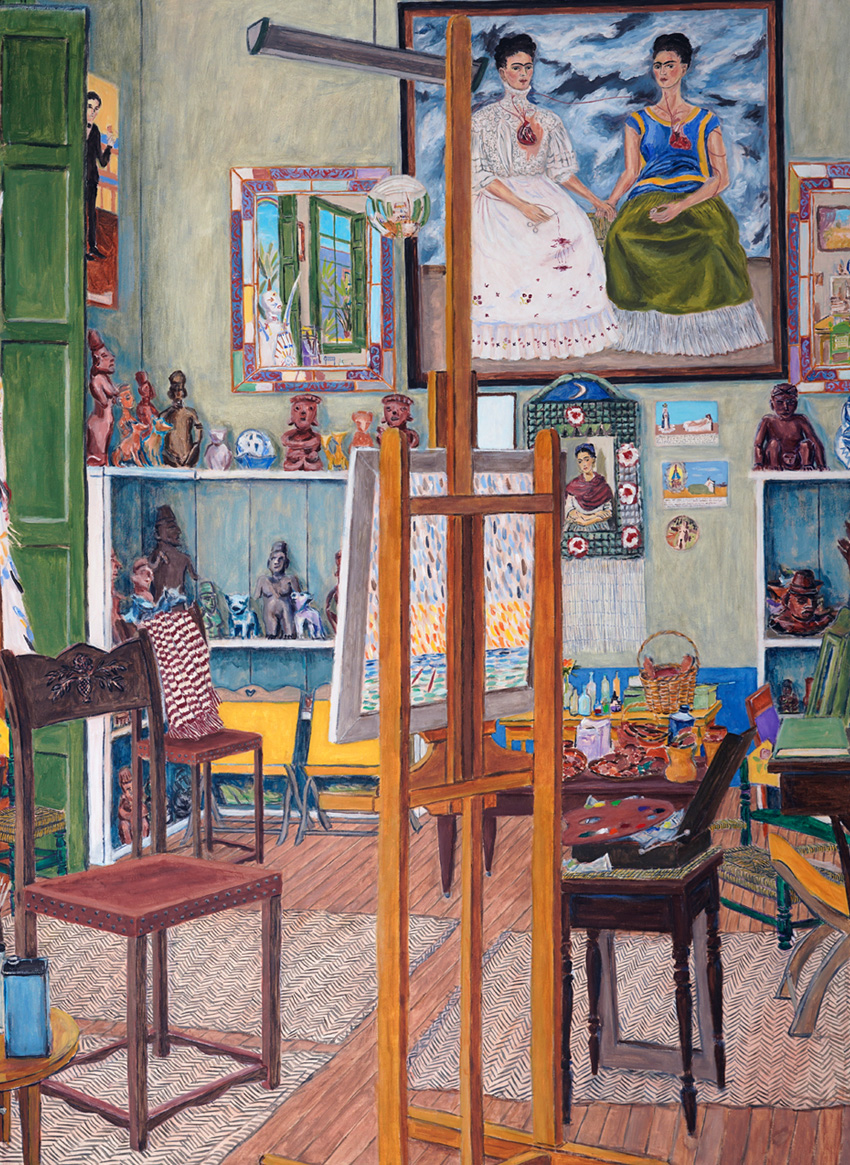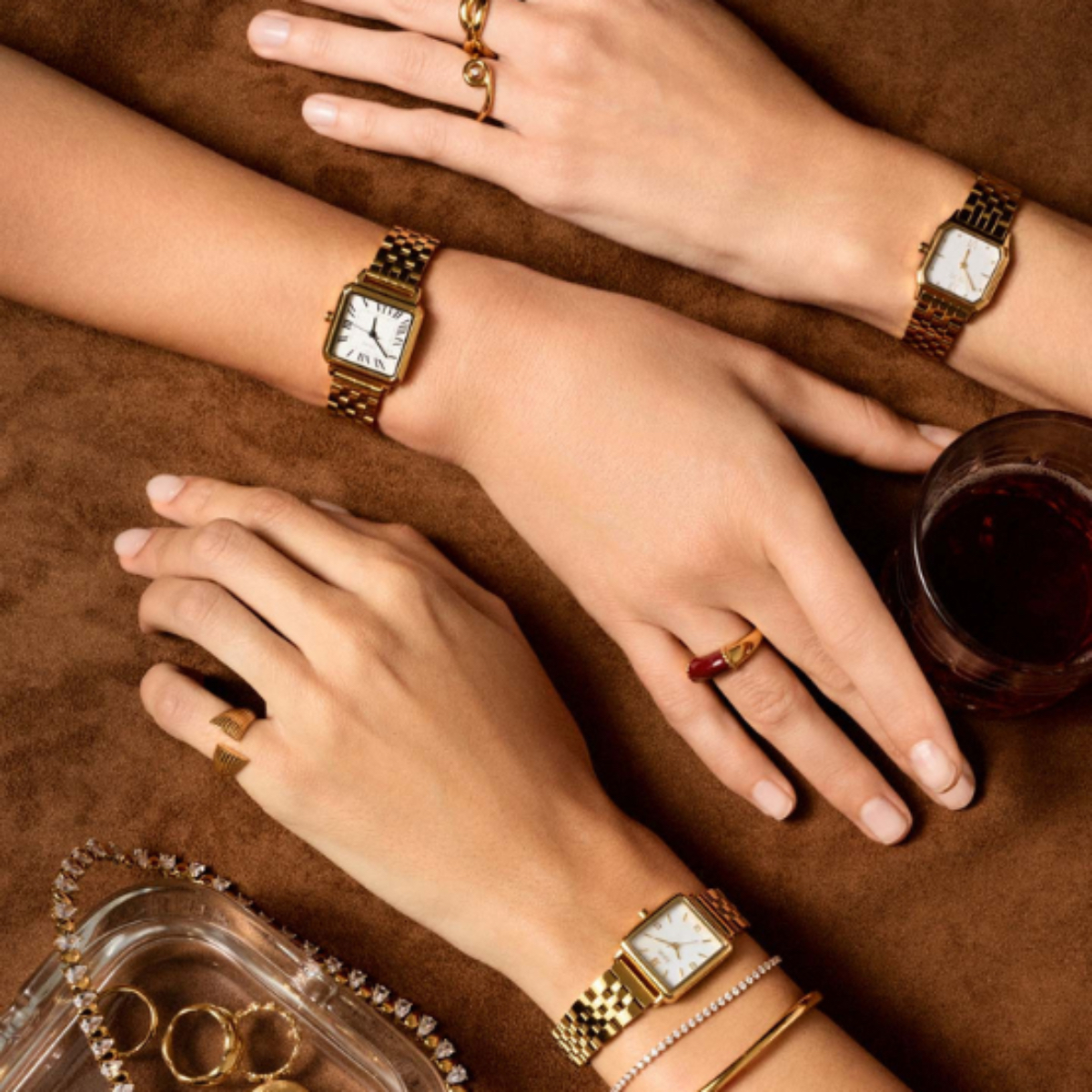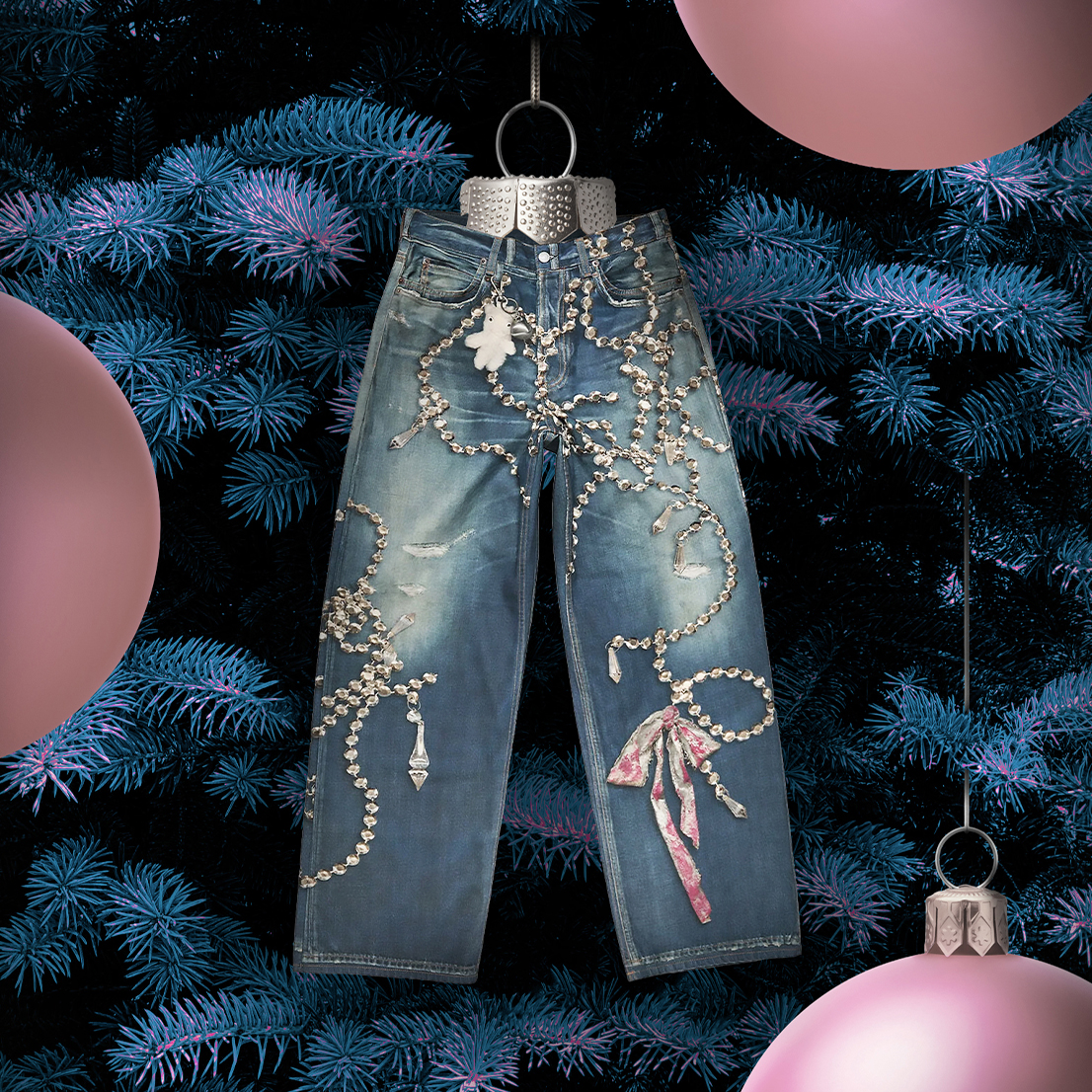The Memories Issue
Damian Elwes paints artists' studios to imprint on the collective memory the talent and creativity of those who taught him to tell stories.
“My father and grandfather were both portrait painters. My grandfather Simon painted all the British and European monarchs as well as American society figures in the 1920s. I loved visiting their studios as a child and my father once let me paint the sky in one of his portraits. They both died when I was 15 and left me their easels, paints, and brushes. I was very sad about losing them and turned away from painting. I excelled at school and studied literature at Harvard. When I graduated from Harvard my playwriting Professor gave me Matisse’s palette knife as a graduation gift [it had been given to him by Alice B. Toklas] 'So, you don’t like my playwriting?’, I asked. He said 'All your stories are about an artist who hasn’t quite found their thing.’ I still wasn’t convinced about becoming a painter, but I had met Andy Warhol one weekend in New York. He had followed my friend and I back to Harvard to do a photo shoot with us and watching him at work intrigued me.” Few stories are entitled to a beginning like this - based on completely real facts. Damian Elwes' story, however, seems straight out of a movie. The British artist, based between Los Angeles and the Colombian jungle, is mainly known for painting artists' studios, exploring themes such as memory and creativity. That's what we spoke to him about.
At some point, you got involved in the New York graffiti scene. How did that happen? After college I went to New York City and found work on a Sydney Lumet movie. It was the early 80s and there was graffiti everywhere. It reminded me of cave painting. One day I was doing crowd control at a subway station, and when I released the crowd, there was Keith Haring drawing on six black posters. I simply said, “Your job looks more fun than mine,” and he invited me to help him. I wanted to, but I had a job to do. Each time I let the crowd out of the subway entrance our conversation continued. He asked if I could draw, and I said I drew every day. He asked if I could paint, and I said no. Keith advised me to go to a hardware store across the street after work to buy six different colors of spray paint. “Find an empty wall in the city. As you can see, they are everywhere. When you draw with spray paint you suddenly have a painting.” By luck I met Keith again a few nights later in the East Village. He was walking beside me and carrying a six pack of beer, and we were going to the same party. “Hi Damian, did you do your painting yet?" he immediately asked. I made an excuse that I was still working on the movie. We spent the evening talking about our love for Keats and other poets and artists. (…) Finally, at the end of the party he said, "Now I am going to do you a big favor. If you haven’t done a painting when I see you next, I won’t talk to you!” A few days later Lumet asked me to oversee the move of his office from a double brownstone on West 56th Street to a space on 57th Street. Suddenly I had a lot of empty walls to paint on. That brownstone (which was due to be replaced by a skyscraper) became my studio. (…) Someone (possibly Haring) told Robert Fraser about an English graffiti artist working on West 56th Street. Fraser told me later that he was incredulous because there was no graffiti yet in London. So he sent his assistant called Gerard to take a look…
What was the first studio you painted? And what led you to create a series from then on? We were on our way to meet Basquiat when Robert Fraser offered me a solo show of graffiti paintings at his Cork Street Gallery. I told him that I would rather go to Paris and learn how to paint with a brush. Robert advised me to apprentice myself to a painter whose work I liked and to learn from them. The first day in Paris I went to see Picasso’s studio at the Bateau Lavoir. Unfortunately, the original building had burned down in the 70’s, and so there was not much to see. The next day I went to find Matisse’s studio opposite Note Dame, but in those days, I could not talk my way past the concierge. I walked over to the Pompidou Center. By luck there was a painting by Picasso of his Grand Agustin Studio next to a painting by Matisse of a violin case in his studio in Nice. I sat there for an hour and then realized that tears were streaming down my cheeks. I had not wanted to become a painter, but here I was. I realized that I loved line and color and that this was my destiny. The next day I went to Gustave Moreau’s studio where Matisse had learned to paint. I sat on the spiral staircase and began to make a drawing in my sketchbook. While I was drawing, I suddenly realized what I could do in Paris. I would search for contemporary artist studios and ask the artist if I could make a sketch or painting of their space. So, for two years I walked from one end of Paris to the other, hunting for the smell of turpentine or linseed oil. Usually, the artist would ask me to sit in a corner and not say a word. As I made my artwork, I would begin to figure out things about the artist. Each element in their studio was a clue to who this person was. I began to realize that I was telling stories in my paintings, and I liked that. Meanwhile I was watching the artist paint, sculpt or make prints, and I was learning so much. I sketched hundreds of studios, and if the artist liked my work, they would give me the address of another artist.
Your works record history, like a documentary. Do you see yourself as a historian? Each painting demands a lot of detective work and sometimes visits to the original studio if possible. Once I was standing in an apartment on the Blvd. Clichy where Picasso made all his early Cubist works with a woman who did not know that Picasso had lived there. Another time I located Matisse’s Fauvist studio in Collioure, and again the current occupant had no idea that Matisse and Derain had created so many masterpieces right there. It happened again in New York City when I found Litchenstein’s 60’s studio where he created his Pop Art. In a way I feel that those are my studios because I found them, and that is why I continue to research important moments in those studios and to make further paintings of them when I discover something new. I do love history, but I am more fascinated by creativity and invention.
What's your studio like? Do you think you'll ever paint it? Recently I painted Munch’s outdoor studio in Norway. I love Munch’s paintings the most because he was so experimental with each painting. This led me to start making a large painting of my own outdoor studio in Colombia surrounded by forests. It is certainly a breathtaking setting, and I’m excited to capture that.
This issue of Vogue is dedicated to memory. How important is it to you? Do you agree that, with this series, you are trying to keep the memory of these artists alive? I have been so lucky to know some of the most incredible artists of our times like Haring, Basquiat, Hockney and Warhol. They have all contributed to who I am as an artist. Three of them are no longer with us and the other has gone to live in France. By making paintings of their studios, I feel like I am a continuing a dialog with them and still learning so much from them. Hockney was my mentor here in L.A., and he taught me a lot. Haring was instrumental in helping me to become an artist. Each time that I paint one of Matisse’s studios I remember my Professor at Harvard. I also remember my father each time I paint the sky, and so yes, I am trying to keep all these people alive in my mind every day. All my paintings of studios feel very personal to me.
Damian Elwes' next exhibition is on show from July 11 to August 12 at Unit London, 3 Hanover Square, London W1
www.damianelwes.com.
Originally published in The Memories Issue, from April 2024. Full stories and credits are in the print version.
Most popular
.jpg)

Relacionados
.jpg)
.jpg)





